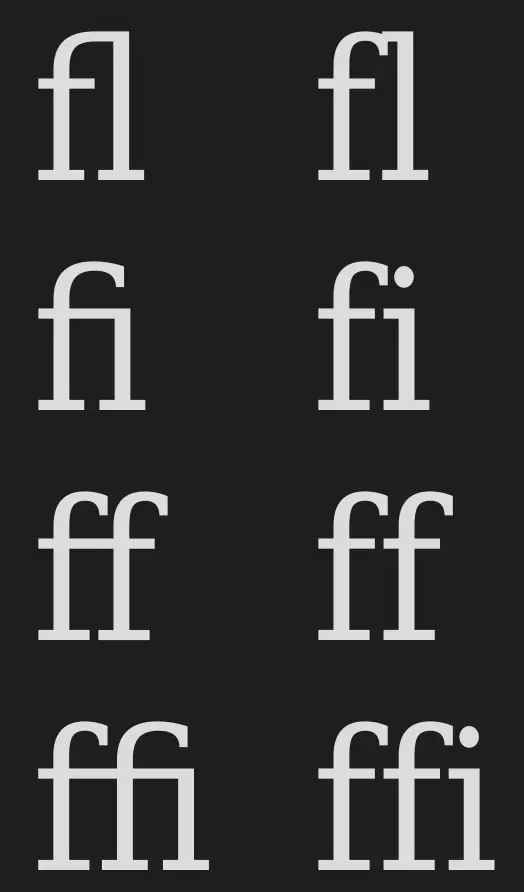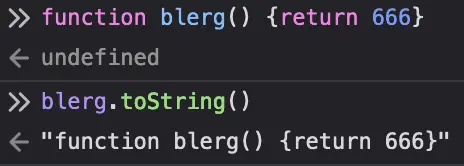Lemmy stalinists are going to enjoy this one
- 26 Posts
- 265 Comments

 278·23 days ago
278·23 days agoI’m hesitant to say it because I’ve gotten some ridiculously hostile reactions for it, but I’ve really liked Kagi.
Yes, it’s a subscription service but that means they have an incentive to not show you shit results. According to some, paying for a search service is wrong because online services should be free, and I’m just astroturfing if I even mention it

 6810·23 days ago
6810·23 days agoOr, I dunno, maybe just don’t use Google?
Yeah, same, I found it a bit surprising they have fewer than Germany

 18·2 months ago
18·2 months agoOh I wish it was. Eg. here in Finland sharing movies etc. among friends or downloading them off the internet used to be legal as long as you weren’t doing it for profit or distributing stuff to a huge audience, but that changed in 2006 because the new EU Copyright Directive required it, and that directive was hugely influenced by the likes of WIPO.

 41·2 months ago
41·2 months agoGovernments rarely realize anything related to IP that the copyright mafia doesn’t spoon-feed them, unfortunately.

 19·2 months ago
19·2 months agoUrr, I don’t think that’s it, I don’t think stereo sound for vinyls has ever worked so that something like this would be necessary and it wouldn’t really make sense – why would they have to put vocals on one channel and instruments on the other?
A stereo vinyl player just has the needle moving up and down in addition to left and right, so that the left-right axis is the sum of the waveforms of both channels and the up-down axis is the difference – which means that a regular mono player can play stereo vinyls

 21·2 months ago
21·2 months agoYeah I doubt those particular comments have anything to do with “AI”. It just seems fashionable to blame AI for absolutely everything nowadays
That’s known as a ligature and they’re pretty common in many programming-oriented fonts, which usually have stylistic sets with different ligatures for different programming languages that you can optionally enable in your editor’s configuration. For example, here’s the stylistic sets the Monaspace font offers:

Personally I’m not too fond of ligatures so I never enable any, but many folks do like them.
Edit: and just as a side note, ligatures are super common in many fonts, you just might not notice them. Here’s some classic examples from the DejaVu Serif font, with and without a ligature:

"A".reverse() == "∀"Where is your god now?!

 5·2 months ago
5·2 months agoMore of a tragicomedy, really
https://www.youtube.com/watch?v=M8pxmNi-eiw
Not nearly as horrifying as advertised
Where’s your sense of adventure?!
Calling
reverse()on a function should return its inverse
You’re no fun
Use a dynamically typed language and you won’t have to: just override the default
reverse()method on strings like a Real Programmer!Unintended consequences you say? Nonsense! What could possibly go wrong?
"E".reverse() == "∃"
I dint know many OO languages that don’t have a useless toString on string types.
Well, that’s just going to be one of those “it is what it is” things in an OO language if your base class has a
toString()-equivalent. Sure, it’s probably useless for a string, but if everything’s an object and inherits from some top-levelObjectclass with atoString()method, then you’re going to get atoString()method in strings too. You’re going to get atoString()in everything; in JS even functions have atoString()(the output of which depends on the implementation):
In a dynamically typed language, if you know that everything can be turned into a string with
toString()(or the like), then you can just call that method on any value you have and not have to worry about whether it’ll hurl at runtime because eg.Strings don’t have atoStringbecause it’d technically be useless.



Surprisingly few downvotes so far.